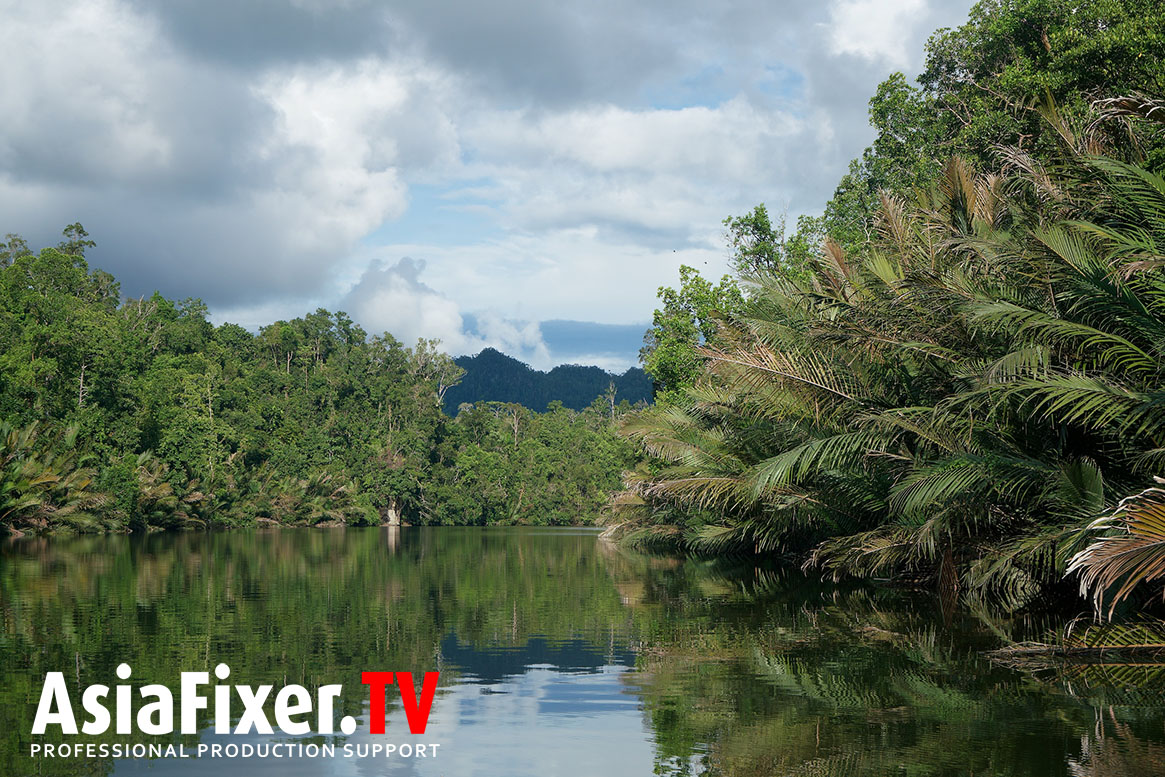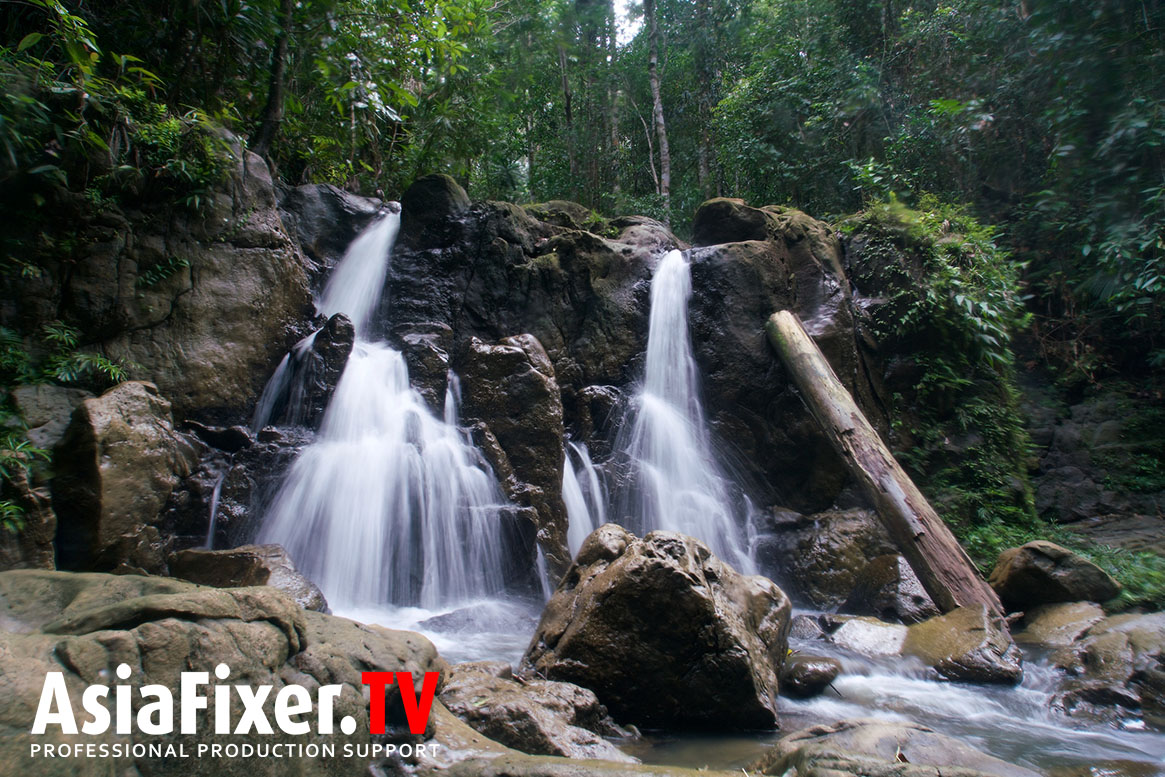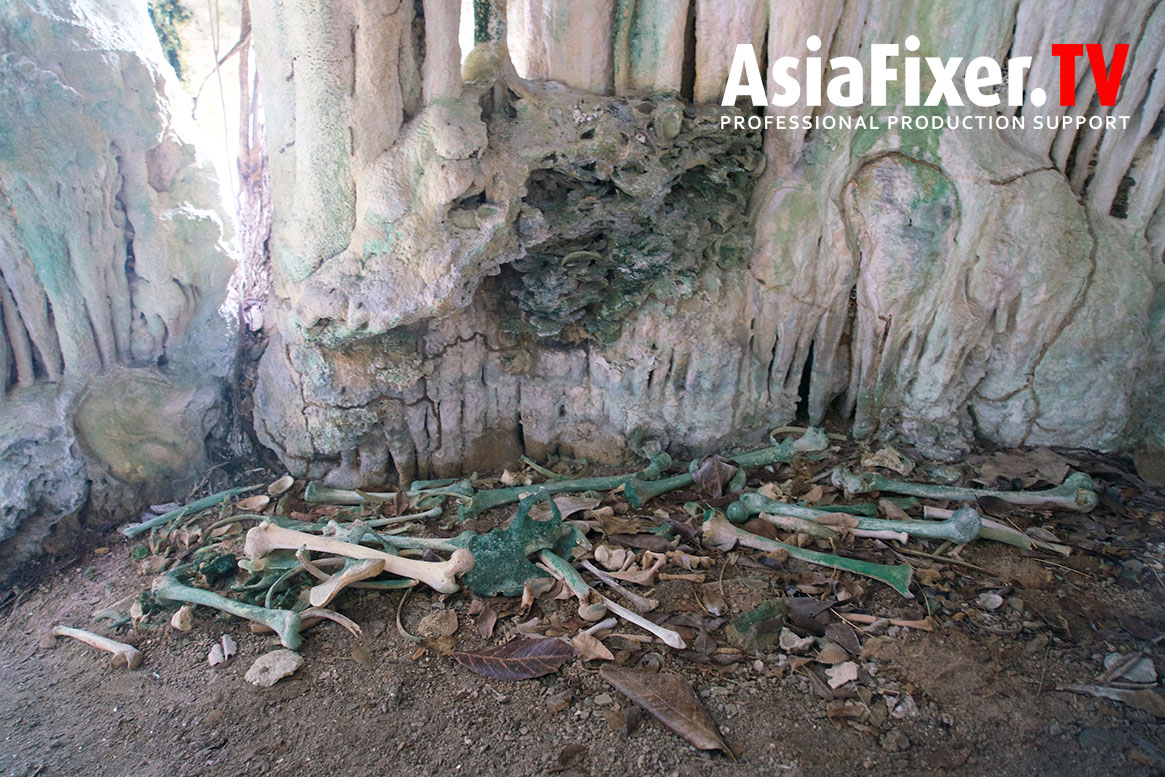Filming fireflies in Borneo
Did you know that the family of the Lampyridae, or fireflies, consist of around 2000 different species? Well, I also only found out about this when I was asked to scout locations to film fireflies for a high-end natural history production from the UK.
Most fireflies are nocturnal and produce bioluminescence to attract a mate. In large aggregations, this can result into an amazing light spectacle, especially on new moon nights. In the past, filming this spectacle was a frustrating endeavour, but modern digital camera technology has given us incredible sensitive sensors, picking up even the slightest amount of light. In fact, too much light in form of light pollution coming from urban areas, roads, airports, even offshore oil rigs, seems to be the bigger problem these days as many astrophotographers surely will confirm you.

Scouting firefly locations sounded like an easy task, but I realised very quick that so many factors had to be right to provide the ideal conditions for that perfect “wow” scene.
Borneo’s fireflies move from one area to another; so the one tree with that very large aggregation you carefully scouted last month might not be suitable anymore by the time the production crew arrives.
Fireflies change their activity levels depending on temperature and humidity; one of the best conditions for filming I found to be right after a heavy tropical rainfall, just after sunset, on a new moon night!
There are some tricks to attract firefly males towards your camera using a small blinking LED lights imitating either a female or another male who has successfully mated (I’m not sure which one it is?). The problem is you have to get the blinking frequency, light output intensity and colour, as well as colour temperature just right, and every species (or even every population?) seems to have its own combination. But with a lot of different green and yellow filters and plenty of trial and error, you will eventually be able to fool them.
The best firefly locations in Borneo are in mangrove areas, which are known to be infested with mosquitos. You can’t use insect repellent as it will repel the fireflies too, so you have to cover every inch of your body or you will get eaten alive.
Some of these mangroves also are inhabited by crocodiles, something to keep in mind while watching over your day to night time-lapse just next to the river’s edge.
Eric Madeja / AsiaFixer.TV





